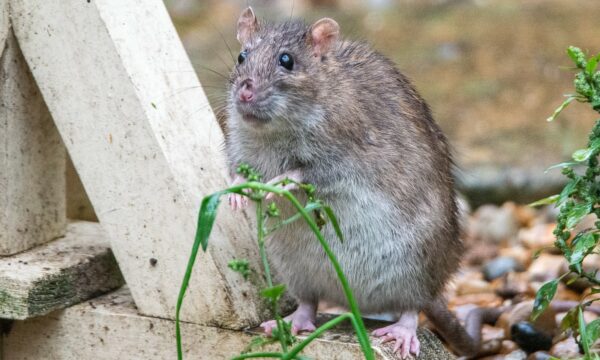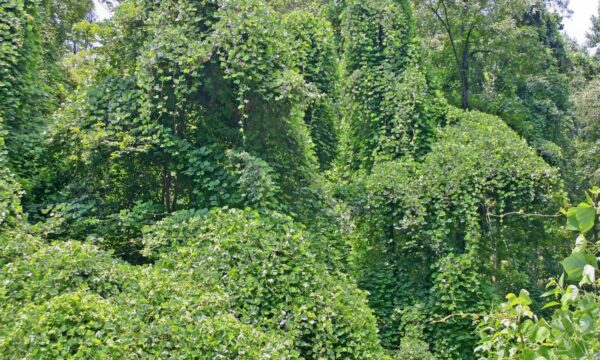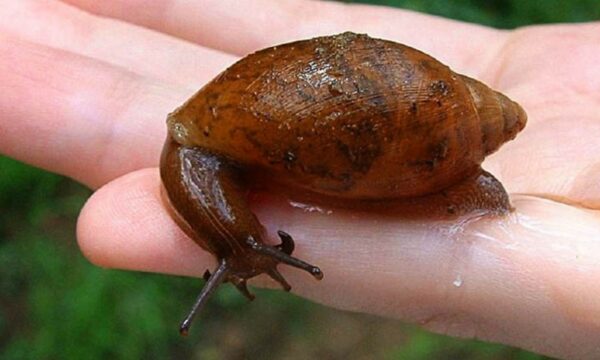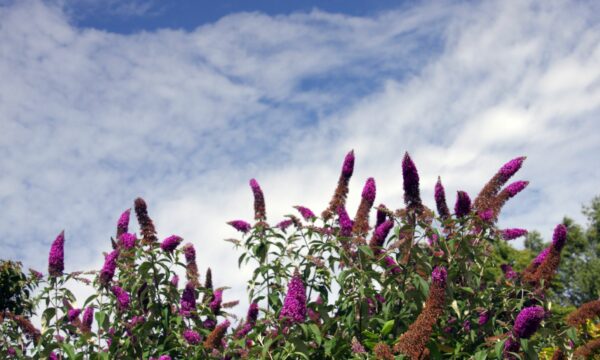In July 2014 the following datasheets were published on CABI’s Invasive Species Compendium (ISC). You can explore the open-access ISC here: www.cabi.org/isc
Senna multijuga (November shower) is a shrub or tree native to South America that has been introduced to tropical regions around the world. It is tolerant of a variety of soil types and its seeds are easily dispersed by wind and people. Despite its ability to naturalize quickly and its invasiveness in Hawaii, S. multijuga continues to be spread intentionally as an ornamental plant.
Abrus precatorius (rosary pea) is a high-climbing, twining or trailing woody vine from the Old World tropics. Although the plant has a wide variety of uses, from medicine, food and sweetener to jewellery, horticulture and even as a weighing unit, the seeds are so toxic that a single seed can kill a human. This vine is known to be invasive to Cuba and many parts of Asia-Pacific, and is naturalized in many tropical regions including Hawaii, parts of the Marquesas and Singapore.
Senna spectabilis (whitebark senna) – epithets range from ‘environmental weed’ to ‘garden thug’ for this resilient and fast-growing tree. Native to tropical America, S. spectabilis is considered invasive in Australia, Uganda, Tanzania, Hawaii, French Polynesia and Cuba. It can spread rapidly to create monocultures and place native flora at risk.
Other invasive species datasheets recently published include:
Senna surattensis (golden senna)
Senna bacillaris (whitebark senna)
Related News & Blogs
Can scientific data on invasive species protect endangered species from extinction?
A Red lionfish (Pterois volitans) – while splendid to look at, it is a venomous coral reef fish that predates native species, is rapidly reproducing and spreading and is a permanent resident of the Atlantic waters. Credit: Invasive species are a major…
4 December 2023





